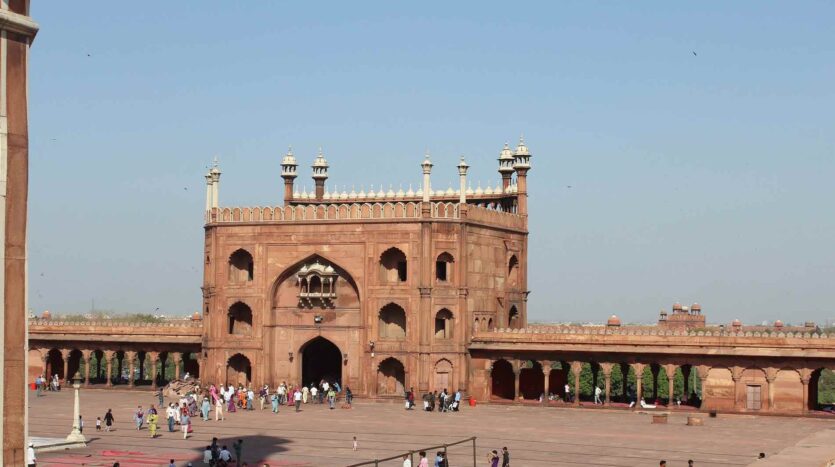The Red Fort
Introduction to the Red Fort: A Brief History and Overview
The Red Fort, also known as Lal Qila, is a historical fort situated in the heart of Delhi, India. It was built by the Mughal emperor Shah Jahan in the mid-17th century, and it took almost a decade to complete. The fort covers an area of about 254 acres and is surrounded by a moat and walls that are up to 33 meters high. The fort is famous for its red sandstone walls, intricate design, and beautiful gardens. The Red Fort has been designated as a UNESCO World Heritage Site since 2007.
The Architecture and Design of the Red Fort: Exploring its Intricate Features
The Red Fort is a remarkable example of Mughal architecture. The fort’s design is a blend of Persian, Indian, and European styles, with intricate carvings, beautiful calligraphy, and impressive structures. The two main entrances of the Red Fort are the Delhi Gate and the Lahore Gate, which are adorned with exquisite carvings and calligraphy.
The fort is divided into several different sections, each with its unique features and architecture. The Diwan-i-Aam, or Hall of Public Audience, is a large open-air courtyard where the emperor would meet with his subjects and listen to their grievances. The Diwan-i-Khas, or Hall of Private Audience, is a smaller, more intimate hall where the emperor would meet with important dignitaries and conduct state business.
The Different Sections of the Red Fort: A Guide to its Main Attractions
The Red Fort has several main attractions that visitors should not miss. One of the most impressive features of the Red Fort is the stunning Moti Masjid, or Pearl Mosque. This small white marble mosque was built by Shah Jahan’s son Aurangzeb in the mid-17th century and is considered one of the finest examples of Mughal architecture.
Another notable feature of the Red Fort is the Rang Mahal, or Palace of Colors. This palace was the residence of the emperor’s wives and concubines and is known for its beautiful murals and colorful decorations. The palace also has a unique water-cooling system that keeps the interior cool even in the hot summer months.
The Red Fort’s Role in India’s History: From Mughal Empire to Independence
The Red Fort has played an important role in India’s history. It was the seat of the Mughal empire for over 200 years, and several significant events took place within its walls. One of the most significant events was the speech given by India’s first prime minister, Jawaharlal Nehru, on August 15, 1947, when India gained independence from British rule. The Red Fort is now a symbol of India’s independence and is an important cultural landmark.
Restoration and Preservation Efforts at the Red Fort: Ensuring its Protection and Longevity
In recent years, the Red Fort has undergone several restoration projects to preserve its rich history and cultural significance. The government has implemented several measures to ensure the fort’s protection and prevent damage from pollution and overcrowding. Visitors to the fort are required to follow strict rules and regulations, including not littering or damaging the fort’s structures. The government also organizes events and cultural programs to showcase the fort’s heritage and keep it relevant.
Tips for Visitors to the Red Fort: What to Expect and How to Plan Your Visit
If you plan to visit the Red Fort, there are a few things you should keep in mind. The fort is open to visitors every day except Monday, from sunrise to sunset. The best time to visit is during the cooler months, from October to March. Visitors should wear comfortable walking shoes and bring sunscreen and water, as the fort can get quite hot and sunny. The entry fee for Indian nationals is INR 35, and for foreign nationals, it is INR 500. There are also audio guides available for rent for INR 60, which can provide a more detailed explanation of the fort’s history and architecture. Visitors should be prepared for crowds, particularly during peak season, and should expect to spend several hours exploring the fort’s many attractions.


